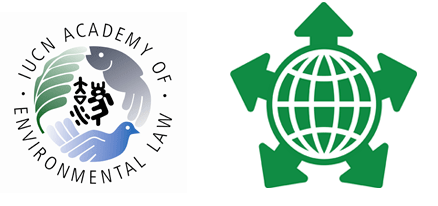Location
Room 107
Start Date
3-7-2012 2:40 PM
End Date
3-7-2012 4:20 PM
Description
In the aftermath of the United Nations’ “Rio+20” Conference, taking place in June 2012, this paper will provide a legal analysis of the Kyoto Protocol’s Clean Development Mechanism (CDM) and its contribution to the concept of a green economy in the context of sustainable development and poverty eradication. After examining what is meant by a “green economy” when applied to the CDM, this study intends, through two case studies, to measure the CDM’s achievement of a sustainable development goal where the projects were implemented. Particularly, it will highlight the CDM’s major institutional and procedural shortcomings when it comes to achieving sustainable development in developing countries. The methane capture and combustion from swine manure treatment projects in Chile will demonstrate limits in the application of sustainable development criteria, while the carbon sequestration through reforestation in the Bolivian Tropics by smallholders of “The Federación de Comunidades Agropecuarias de Rurrenabaque (FECAR)” project will provide an example of good sustainable development practices. A more people-centred and inclusive CDM that respects and promotes the Rio principles could help achieve sustainable development through financial and technological support to the developing countries.
Presentation
Included in
The Clean Development Mechanism and Sustainability: Case Studies from Chile and Bolivia
Room 107
In the aftermath of the United Nations’ “Rio+20” Conference, taking place in June 2012, this paper will provide a legal analysis of the Kyoto Protocol’s Clean Development Mechanism (CDM) and its contribution to the concept of a green economy in the context of sustainable development and poverty eradication. After examining what is meant by a “green economy” when applied to the CDM, this study intends, through two case studies, to measure the CDM’s achievement of a sustainable development goal where the projects were implemented. Particularly, it will highlight the CDM’s major institutional and procedural shortcomings when it comes to achieving sustainable development in developing countries. The methane capture and combustion from swine manure treatment projects in Chile will demonstrate limits in the application of sustainable development criteria, while the carbon sequestration through reforestation in the Bolivian Tropics by smallholders of “The Federación de Comunidades Agropecuarias de Rurrenabaque (FECAR)” project will provide an example of good sustainable development practices. A more people-centred and inclusive CDM that respects and promotes the Rio principles could help achieve sustainable development through financial and technological support to the developing countries.

